
Breaker Boys
Hughestown Borough Pa. Coal Co.Pittston, Pa.
Photo: Lewis Hine

Spinning Room
Cornell MillFall River, Mass.
Photo: Lewis Hine
-----------------------------------------------------------------------------------------------
Fair Labor Standards Act of 1938:
Maximum Struggle for a Minimum Wage
By Jonathan Grossman
When he felt the time was ripe,
President Roosevelt asked
Secretary of Labor Perkins,
'What happened to that
nice unconstitutional bill
you had tucked away?'
On Saturday, June 25, 1938, to avoid pocket vetoes 9 days after Congress had adjourned, President Franklin D. Roosevelt signed 121 bills. Among these bills was a landmark law in the Nation's social and economic development -- Fair Labor Standards Act of 1938 (FLSA). Against a history of judicial opposition, the depression-born FLSA had survived, not unscathed, more than a year of Congressional altercation. In its final form, the act applied to industries whose combined employment represented only about one-fifth of the labor force. In these industries, it banned oppressive child labor and set the minimum hourly wage at 25 cents, and the maximum workweek at 44 hours.1
Forty years later, a distinguished news commentator asked incredulously: "My God! 25 cents an hour! Why all the fuss?" President Roosevelt expressed a similar sentiment in a "fireside chat" the night before the signing. He warned: "Do not let any calamity-howling executive with an income of $1,000 a day, ...tell you...that a wage of $11 a week is going to have a disastrous effect on all American industry."2 In light of the social legislation of 1978, Americans today may be astonished that a law with such moderate standards could have been thought so revolutionary.
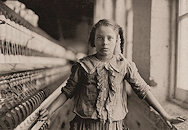
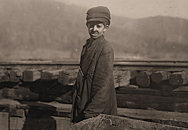
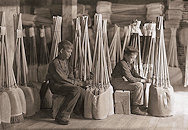
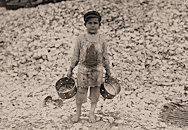
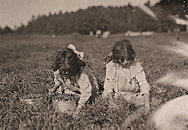
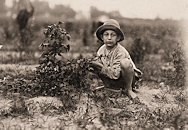
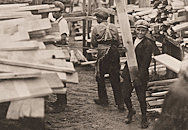
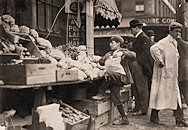
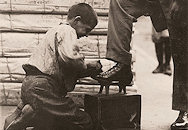
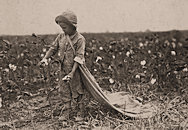

No comments:
Post a Comment